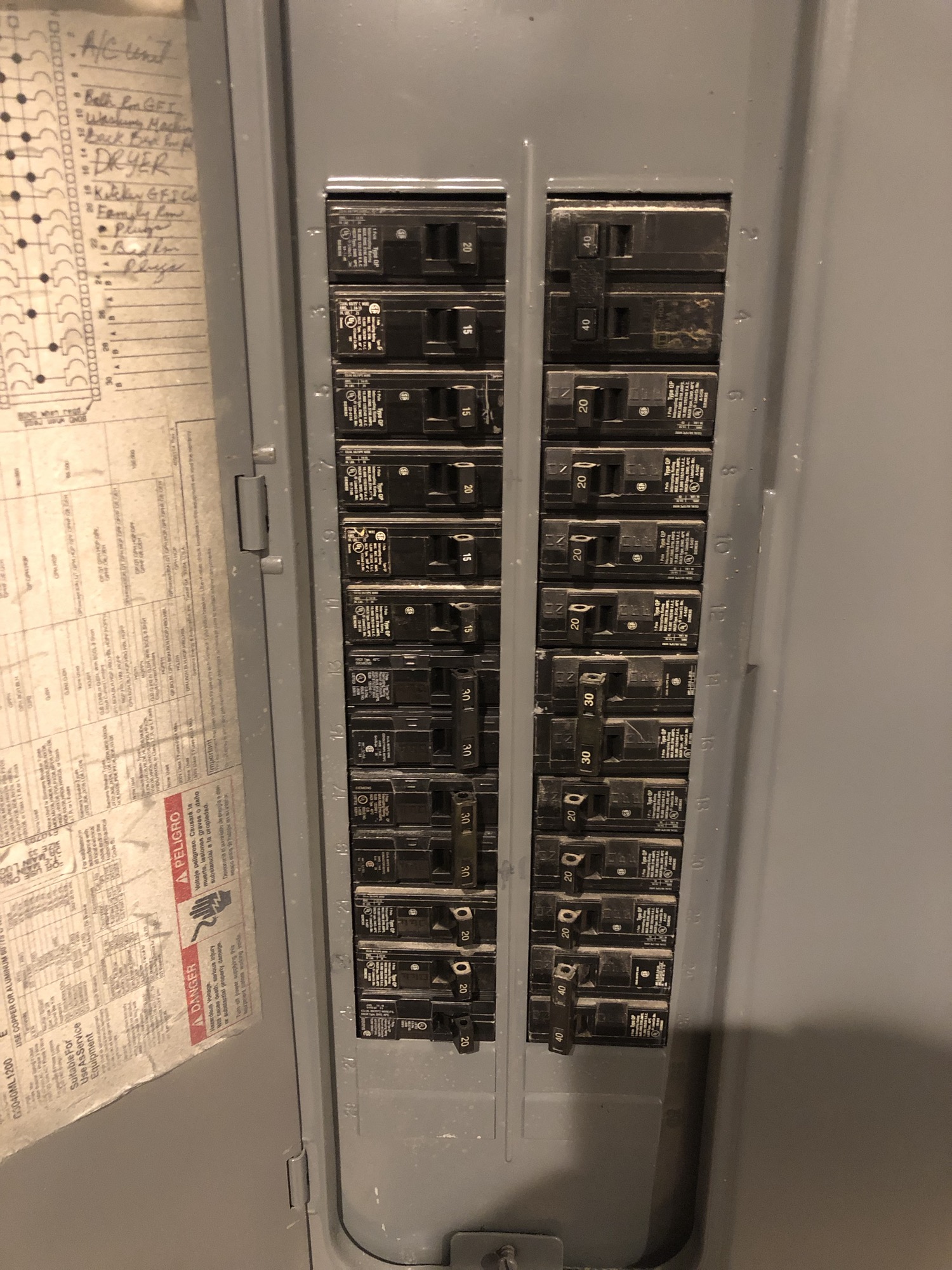Benefits of Flushing Your Water Heater

Flushing your water heater might not be the most exciting home maintenance task, but it’s essential for keeping your system running efficiently and effectively. This simple process offers numerous benefits, from extending the lifespan of your water heater to improving the quality of your hot water. In this article, we will delve into the importance and benefits of flushing your water heater, how often you should do it, and the steps involved.
Why Flushing Your Water Heater is Important
What Does Flushing Involve?
Flushing your water heater involves draining the tank to remove sediment and mineral buildup. Over time, minerals such as calcium and magnesium, found in hard water, settle at the bottom of the tank, forming a layer of sediment. This sediment can insulate the water from the heat source, making the heater work harder and less efficiently.
Key Benefits
- Improved Efficiency: Sediment buildup can reduce the efficiency of your water heater. By flushing out the sediment, the heater can work more efficiently, using less energy to heat the same amount of water.
- Extended Lifespan: Regular maintenance, including flushing, can significantly extend the lifespan of your water heater. Sediment can cause the tank to overheat and weaken the metal, leading to premature failure.
- Better Hot Water Quality: Sediment in the tank can cause the hot water to be discolored or have an unpleasant smell. Flushing the tank helps ensure that the water you use for bathing and cooking is clean and clear.
- Quieter Operation: Sediment buildup can cause your water heater to make rumbling or banging noises. Removing the sediment can help your water heater operate more quietly.
- Reduced Maintenance Costs: Regular flushing can prevent many common problems associated with water heaters, reducing the need for costly repairs.
How Often Should You Flush Your Water Heater?
The frequency of flushing your water heater depends on the hardness of your water and the manufacturer’s recommendations. In general:
- Once a Year: Most experts recommend flushing your water heater at least once a year to prevent sediment buildup.
- Twice a Year: If you live in an area with very hard water, you might need to flush your water heater every six months.
Steps to Flush Your Water Heater
Flushing your water heater is a relatively straightforward process that you can do yourself with a few basic tools:
1. Turn Off the Water Heater
- Electric Water Heater: Turn off the power at the circuit breaker.
- Gas Water Heater: Turn the gas valve to the “pilot” setting.
2. Turn Off the Cold Water Supply
Locate the cold water supply valve at the top of the water heater and turn it off.
3. Connect a Garden Hose
Attach a garden hose to the drain valve at the bottom of the tank. Ensure the other end of the hose is in a safe place where the hot water can drain, such as a floor drain or outside.
4. Drain the Tank
- Open the drain valve and allow the water to flow out. Be cautious, as the water will be hot.
- Open a hot water faucet in your home to allow air into the tank, which will help it drain faster.
5. Flush the Tank
- Once the tank is empty, open the cold water supply valve briefly to flush out any remaining sediment.
- Continue this process until the water runs clear from the hose.
6. Close the Valves and Refill the Tank
- Close the drain valve and remove the hose.
- Open the cold water supply valve and allow the tank to fill.
- Once the tank is full, open the hot water faucet to let out any trapped air.
7. Turn On the Water Heater
- Electric Water Heater: Turn the power back on at the circuit breaker.
- Gas Water Heater: Turn the gas valve back to the “on” position.
Additional Tips for Maintaining Your Water Heater
Regular Inspections
Inspect your water heater regularly for signs of wear and tear, such as rust, leaks, or unusual noises. Early detection of problems can prevent more significant issues down the line.
Use a Water Softener
If you have hard water, consider installing a water softener. This device can reduce the amount of mineral buildup in your water heater and other appliances, extending their lifespan.
Check the Anode Rod
The anode rod helps prevent corrosion inside the water heater tank. Check it annually and replace it if it’s significantly corroded. This simple maintenance task can help extend the life of your water heater.
Set the Thermostat to a Safe Temperature
Setting the thermostat to 120 degrees Fahrenheit is usually sufficient for most households. This temperature setting helps prevent scalding while also reducing the risk of overheating the water heater.
When to Call a Professional
While flushing your water heater is a task that many homeowners can handle themselves, there are times when it’s best to call a professional:
- Persistent Issues: If you notice persistent issues, such as recurring sediment buildup, leaks, or unusual noises, it’s time to call a professional.
- Complex Systems: If you have a more complex water heating system, such as a tankless or solar water heater, professional maintenance might be necessary.
- Safety Concerns: If you’re not comfortable working with electrical or gas connections, it’s best to leave the job to a professional to avoid any safety risks.
Conclusion
The Importance of Regular Maintenance
Regularly flushing your water heater is a crucial maintenance task that offers numerous benefits. It can improve efficiency, extend the lifespan of the unit, and ensure that your hot water is clean and clear. By understanding the importance of this simple process and following the steps outlined, you can keep your water heater running smoothly for years to come.




